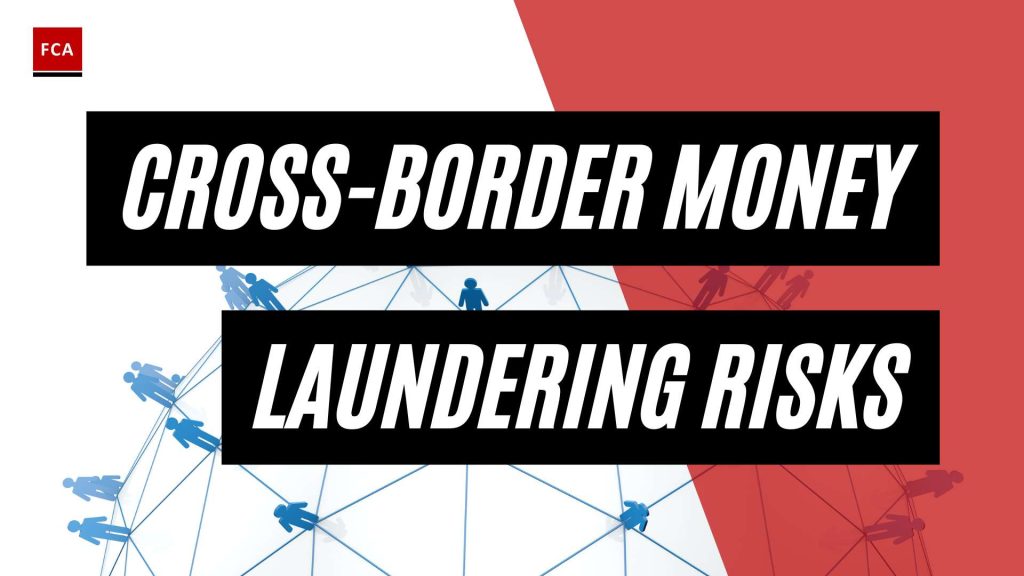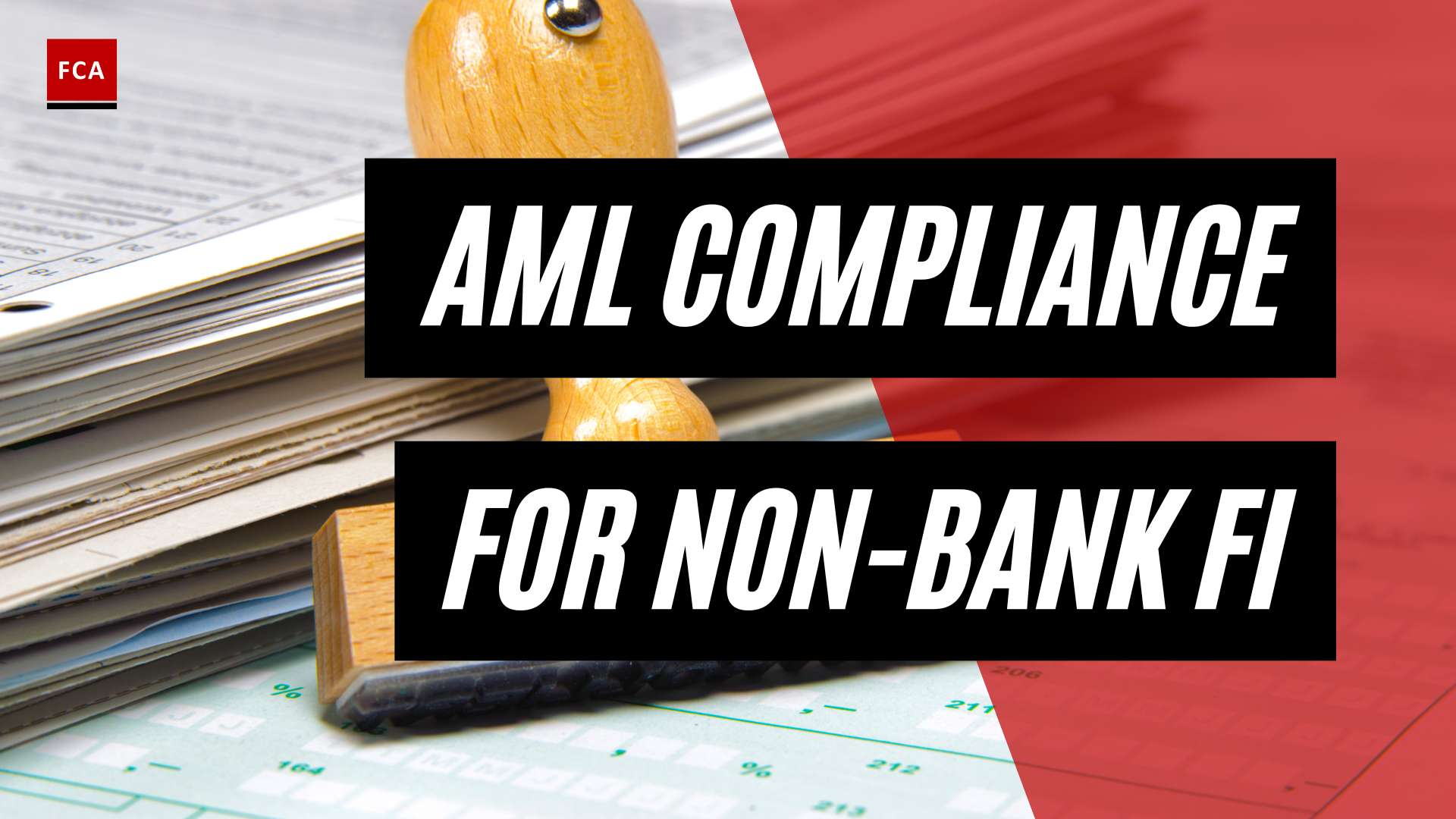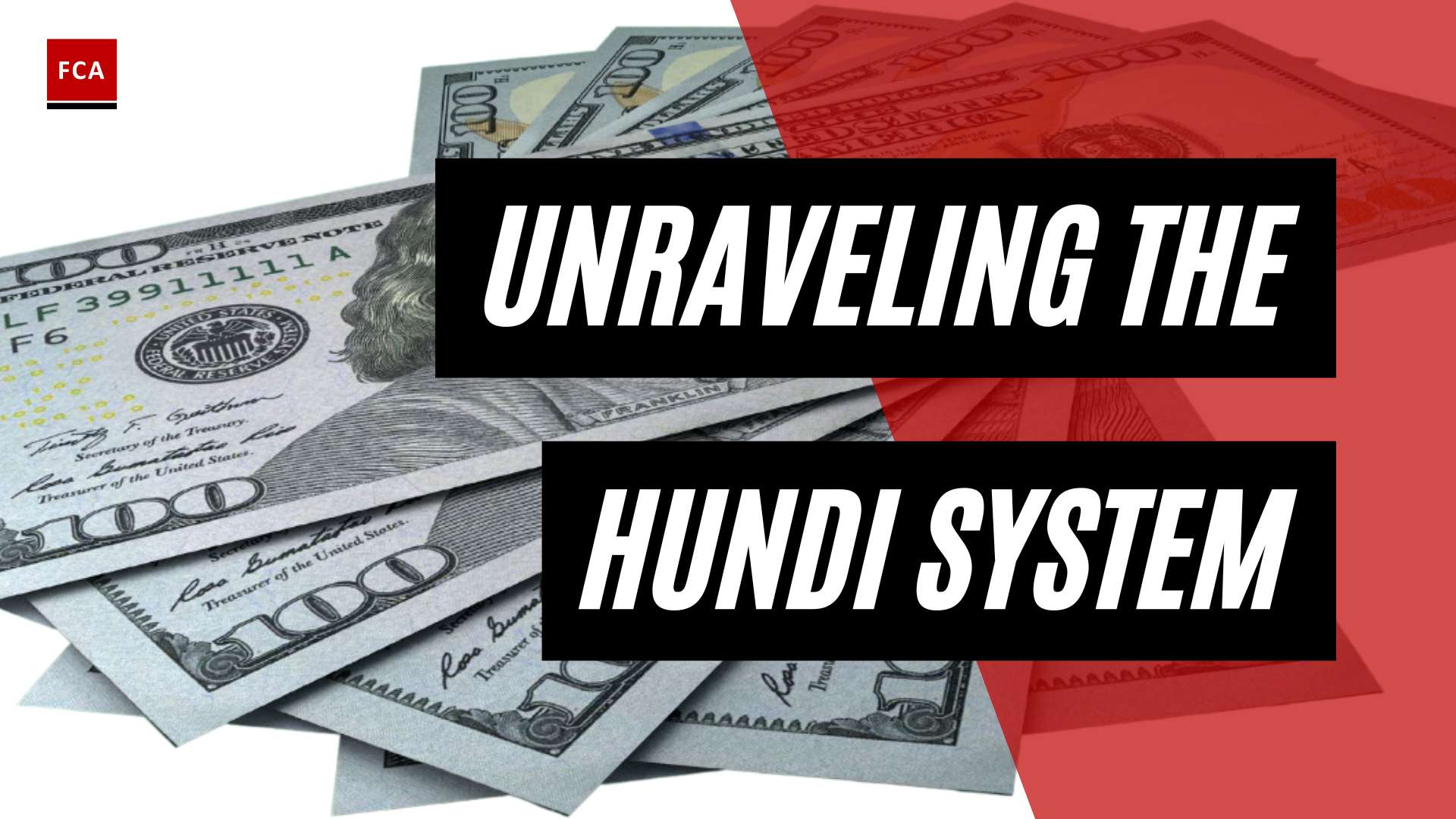Globalization and AML Challenges
In an increasingly interconnected world, the challenges posed by cross-border money laundering are becoming more prominent. To effectively address these risks, it is crucial to understand the dynamics of cross-border money laundering and the implications it has on the global financial system. This section will provide an overview of the key aspects related to globalization and AML challenges.
Introduction to Cross-Border Money Laundering
Cross-border money laundering involves the movement of illicit funds from one jurisdiction to another, exploiting the differences in regulations, tax regimes, and law enforcement abilities across countries. Criminals employ various techniques to legitimize their illicit proceeds and evade detection, making it challenging for authorities to track and prevent these activities effectively. The coordination and collaboration between jurisdictions are essential to tackle this crime effectively.
ML/TF Indicators and Detection
To combat cross-border money laundering, it is crucial to identify the indicators and red flags associated with money laundering and terrorist financing (ML/TF). ML/TF indicators are developed through a review of ML/TF cases, high-quality suspicious transaction reports (STRs), published literature, and consultation with reporting entity sectors. These indicators serve as guideposts to identify unusual or suspicious activity in financial transactions and assist in the detection and reporting of potential money laundering activities.
ML/TF indicators are not exhaustive but should be used to guide the development of processes to determine reasonable grounds to suspect the commission of an ML/TF offense. These indicators, combined with facts and contextual information, help determine reasonable grounds to suspect a transaction is related to ML/TF offenses. They also provide valuable information from a financial intelligence perspective and can justify the grounds for suspicion in the narrative portion of a suspicious transaction report (STR).
International Efforts to Combat Money Laundering
Given the global nature of money laundering, international cooperation and collaboration are paramount in combating this crime effectively. Various international organizations, such as the Financial Action Task Force (FATF), have developed guidelines and recommendations to mitigate cross-border money laundering risks. The FATF, established in 1989, introduced the 40 Recommendations in 2003, targeting money laundering and terrorist financing activities.
Countries around the world have implemented these recommendations and enacted legislation to enhance their anti-money laundering (AML) frameworks. For example, the European Union has adopted several directives, including the Sixth Anti-Money Laundering Directive (6AMLD), to address deficiencies in the EU’s framework for preventing financial crimes.
Role of Technology in Cross-Border Money Laundering
The rise of technology and digital platforms has introduced new challenges in combating cross-border money laundering risks. Criminals increasingly exploit online spaces to move illicit funds across borders, necessitating enhanced regulatory frameworks and international cooperation to address these evolving threats effectively. The use of encryption and digital currencies has added complexity to cross-border money laundering schemes, requiring innovative approaches to detect and prevent illicit financial flows.
Consequences of Cross-Border Money Laundering
Cross-border money laundering poses significant threats to the global financial system. It allows criminals to move and disguise illicit funds across international borders, making it challenging for authorities to detect and prevent these activities effectively. The consequences of money laundering are far-reaching, impacting economic stability, undermining the integrity of financial systems, and hindering efforts to combat the financing of terrorism. Money laundering scandals have led to bank collapses, eroded trust in the financial system, and burdened taxpayers with the costs of failing banks.
The Need for Enhanced International Collaboration in AML
Given the complexities and challenges associated with cross-border money laundering, there is an urgent need for enhanced international collaboration in AML efforts. Money laundering exceeds the capacity of a single nation to combat effectively, necessitating countries to innovate together for a solution. Strengthening international cooperation, sharing best practices, and fostering partnerships among governments, financial institutions, and law enforcement agencies are crucial to effectively address the risks posed by cross-border money laundering.
By recognizing the inherent challenges of globalization and the need for international collaboration, stakeholders can work towards developing robust AML frameworks, promoting information sharing, and implementing measures to detect, prevent, and deter cross-border money laundering effectively.
Emerging Trends in Cross-Border Money Laundering
As the world becomes increasingly interconnected, the risks associated with cross-border money laundering continue to evolve. Criminals exploit regulatory differences, leverage digital technologies, and pose threats to financial stability. Addressing these emerging trends requires regional and global cooperation to effectively combat this illicit activity.
Exploiting Regulatory Differences
Cross-border money laundering involves moving illicit funds from one jurisdiction to another, taking advantage of differences in regulations, tax regimes, and law enforcement abilities across countries. Criminals exploit these disparities to obscure the origin and destination of illicit funds, making it challenging for authorities to detect and prevent money laundering effectively. To confront this issue, global efforts are underway to harmonize AML regulations in global markets and enhance collaboration between countries.
Digital Technologies and Money Laundering
The rise of technology and digital platforms has introduced new challenges in combating cross-border money laundering risks. Criminals increasingly exploit online spaces to move illicit funds across borders, taking advantage of the anonymity and speed offered by digital transactions. This necessitates the development of robust regulatory frameworks and international cooperation to address these evolving threats effectively. Financial institutions and authorities must stay vigilant against emerging techniques and employ advanced technologies to detect and prevent digital money laundering schemes.
Impact on Financial Stability
Money laundering poses a significant threat to financial stability. The exposure of financial institutions to money laundering risks can lead to severe consequences, including bank collapses, erosion of trust in the financial system, and taxpayer-funded bailouts. The impact of cross-border money laundering on financial stability cannot be underestimated, as it can undermine the integrity of the global financial system. Recognizing this risk, international organizations and regulatory bodies emphasize the need for enhanced AML compliance in international remittances and financial investigations to safeguard the stability and integrity of the financial sector.
Regional and Global Cooperation
Combating cross-border money laundering requires collaboration and cooperation on a regional and global scale. Regional money laundering cases have demonstrated the interconnectedness of financial institutions and the potential for contagion effects. Therefore, strengthening regional and global cooperation is crucial to effectively address cross-border money laundering risks. International organizations, such as the International Monetary Fund (IMF), provide technical assistance and promote information sharing to help countries build robust anti-money laundering frameworks. The IMF also utilizes machine learning technologies and data analysis to gain insights into global money laundering scenarios, facilitating the identification and prevention of illicit financial flows.
By recognizing and understanding the emerging trends in cross-border money laundering, stakeholders in the financial sector can enhance their efforts to combat this illicit activity. Strengthening AML/CFT measures, conducting enhanced financial investigations, fostering international cooperation and partnerships, and exploring innovative solutions like Central Bank Digital Currencies (CBDCs) can contribute to addressing the challenges posed by cross-border money laundering effectively. Additionally, addressing fragmentation and bridging the global digital divide are essential to ensuring a coordinated and comprehensive approach to combating this global financial crime.
Techniques and Methods in Cross-Border Money Laundering
As criminals continue to evolve their tactics, it is crucial to understand the various techniques and methods used in cross-border money laundering. These techniques allow illicit funds to be moved across borders and integrated into the legitimate financial system, making detection and prevention challenging. Here are some common techniques employed by money launderers:
Smurfing and Structuring
Smurfing, also known as structuring, involves dividing illegal funds into smaller amounts and depositing them into multiple bank accounts or financial institutions. This technique helps avoid triggering red flags or attracting the attention of authorities. By breaking down large sums into smaller transactions, criminals aim to obscure the origin of the funds and integrate them into the legal financial system. It is a method that requires careful planning and coordination to bypass anti-money laundering (AML) measures (Source).
Cash-Intensive Businesses
Criminals often exploit cash-intensive businesses, such as pubs, car washes, or retail shops, as a means to launder money. These businesses provide an opportunity to mix illicit funds with legitimate income. By overstating the income generated from these operations, criminals can justify the influx of illegal funds, making it difficult for authorities to trace the original source. Cash-intensive businesses present challenges for authorities due to the difficulty in distinguishing between legitimate and illicit transactions (Source).
Bulk Cash Smuggling
Bulk cash smuggling involves physically transporting large quantities of illicit cash across borders to avoid detection by financial institutions and regulatory authorities. Organized crime groups rely on sophisticated smuggling networks to move illegal proceeds derived from activities such as drug trafficking and tax evasion. Law enforcement agencies work diligently to dismantle these networks and intercept illegal cash transfers. Enhanced border controls and international cooperation are essential in combating this method of money laundering (Source).
Trade-Based Laundering
Trade-based laundering (TBL) is a technique where criminals manipulate the value, volume, or type of goods being traded to transfer money across borders and make it appear as legitimate business transactions. By utilizing shell companies, intermediaries, and offshore financial centers, criminals add layers of complexity to obscure their identity and distance themselves from illicit activities. Trade-based laundering poses significant challenges due to the sheer volume of international trade and the difficulty in monitoring and verifying the authenticity of transactions (Source).
Real Estate Laundering
Real estate laundering involves criminals investing illicit funds into the property market to disguise the true origin of their wealth. The United Kingdom, with its stable property market and perceived secure investment environment, has become an attractive destination for real estate laundering. Criminals exploit loopholes in property transactions and utilize shell companies, offshore accounts, or third-party intermediaries to obscure their identity and the source of their funds. Combating real estate laundering requires increased scrutiny, transparency, and cooperation between regulatory authorities and the real estate industry (Source).
Understanding these techniques and methods in cross-border money laundering is crucial for developing effective preventive measures and regulatory frameworks. By staying informed about these evolving tactics, financial institutions, law enforcement agencies, and regulatory authorities can collaborate to detect, deter, and disrupt money laundering activities.
Combating Cross-Border Money Laundering
To effectively combat the risks associated with cross-border money laundering, a comprehensive and collaborative approach is necessary. Various measures can be implemented to strengthen anti-money laundering and counter-terrorism financing (AML/CFT) efforts, enhance financial investigations, foster international cooperation and partnerships, explore the role of central bank digital currencies (CBDCs), and address fragmentation and the global digital divide.
Strengthening AML/CFT Measures
Strengthening AML/CFT measures is a crucial step in combating cross-border money laundering. This involves implementing robust regulatory frameworks and ensuring their effective enforcement. Financial institutions play a pivotal role in this process by establishing comprehensive AML programs, conducting due diligence on customers, and reporting suspicious transactions to the appropriate authorities. Additionally, policymakers and regulators should continually assess and update AML/CFT regulations to keep pace with evolving risks and technologies. Strong AML/CFT measures are essential for detecting and deterring illicit financial flows across borders and promoting the integrity of the global financial system.
Enhanced Financial Investigations
Enhancing financial investigations is vital in uncovering and disrupting cross-border money laundering networks. Law enforcement agencies and financial intelligence units (FIUs) need to collaborate closely to share information and intelligence on suspicious transactions. Adequate resources should be allocated to these agencies to support thorough investigations and prosecutions. Advanced analytics tools and technologies can also be leveraged to analyze vast amounts of financial data and identify patterns indicative of money laundering activities. By improving the effectiveness and efficiency of financial investigations, authorities can better dismantle illicit networks and hold perpetrators accountable.
International Cooperation and Partnerships
International cooperation and partnerships are fundamental in addressing the challenges posed by cross-border money laundering. Collaboration among governments, regulatory bodies, financial institutions, and international organizations is essential for sharing information, coordinating efforts, and harmonizing AML/CFT standards. Cooperation can be facilitated through multilateral organizations, such as the International Monetary Fund (IMF) and the Financial Action Task Force (FATF), which promote the adoption of global AML/CFT standards and provide platforms for dialogue and collaboration. Strengthening international cooperation helps overcome jurisdictional barriers and facilitates the exchange of best practices and expertise.
The Role of Central Bank Digital Currencies
Central bank digital currencies (CBDCs) have the potential to play a significant role in combating cross-border money laundering. CBDCs, as digital representations of fiat currency issued by central banks, can enhance traceability and transparency in financial transactions. The use of CBDCs can allow authorities to monitor and track funds more effectively, making it harder for criminals to launder money across borders. However, it is crucial to strike a balance between privacy and security concerns when designing and implementing CBDCs to ensure the protection of individuals’ financial information.
Addressing Fragmentation and the Global Digital Divide
Fragmentation and the global digital divide pose challenges in combating cross-border money laundering. Differences in regulatory frameworks across jurisdictions can create loopholes that criminals exploit to launder money. Harmonizing AML/CFT regulations and fostering international cooperation can help address this fragmentation and ensure consistent standards. Additionally, efforts should be made to bridge the global digital divide, providing access to technology and digital financial services to underserved regions. By promoting financial inclusion and digital literacy, the potential for cross-border money laundering can be reduced.
By implementing these measures and fostering international collaboration, the fight against cross-border money laundering can be strengthened. Continued efforts to enhance AML/CFT measures, conduct thorough financial investigations, promote international cooperation, explore the role of CBDCs, and address fragmentation and the global digital divide are crucial to effectively combat the risks associated with cross-border financial crime.








